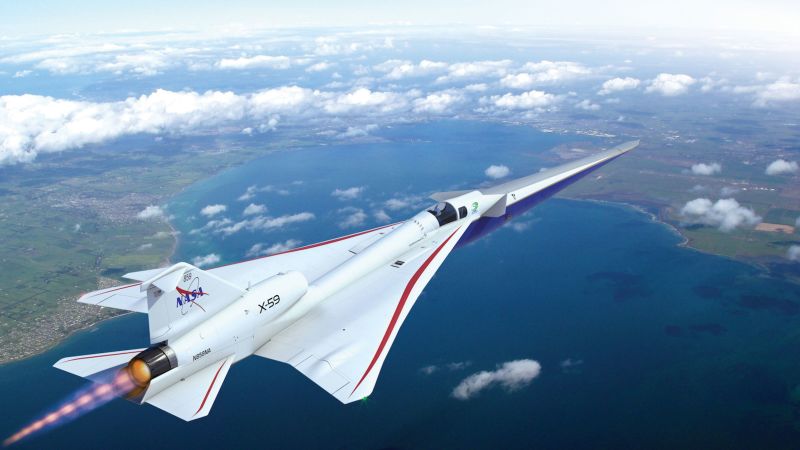In July, Lockheed Martin completed the build of NASA’s X-59 test aircraft, which is designed to turn sonic booms into mere thumps, in the hope of making overland supersonic flight a possibility. Ground tests and a first test flight are planned for later in the year. NASA aims to have enough data to hand over to US regulators in 2027.



People fly first class, people fly businees class. Some have the money.
Also, for some, the time saved is worth much more than what the ticket costs, especially in business (expensive consultants?).
The resulting aircraft/technology can be sold to commercial aviation and/or be used for military purposes
NASA stands for National Aeronautics and Space Administration, so it’s kinda in scope
Sold at a loss?
Huh? What kinda question is that?
I know right? Of course it’s sold at a loss, that’s why NASA is paying Boeing to do the research.
Can’t have Boeing waste money on R&D, that would hurt their shareholders.
How would you know? It hasn’t been sold yet.
If NASA was a profitable enterprise, it wouldn’t require external funding, and Lockheed and co would be doing that research themselves to keep that profit for themselves.
NASA isn’t like CNSA or Roscosmos in that they don’t make their own rockets. It exists first and foremost to funnel money to aerospace contractors by either directly contracting with them or providing R&D in cases where cost/risk is greater than expected profit.
A similar relationship exists with publicly funded universities selling patents to pharma.
The fact that it’s not profitable overall doesn’t mean there can never be any profit from anything.
Just because a river flows south doesn’t mean you couldn’t find an eddy in the currents that flows north for a few seconds.
But the water still has nowhere to flow but south. If the cost was less than expected return, these companies would do this research internally. Even if for just one moment, one tiny aspect of the program did make a profit, it wouldn’t change the nature of the system.
But we’re not talking about the nature of the system here, we’re talking about this specific instance.
And I don’t agree they’d necessarily do it internally, sometimes talent is the biggest blocker, not money. They can contract out a team of highly qualified engineers from NASA for a project here and there, when they need it. Hiring people is extremely expensive and having those people do nothing between projects is even more so.